Barrett Martin: Channeling the Natural and Spirit Worlds into Music
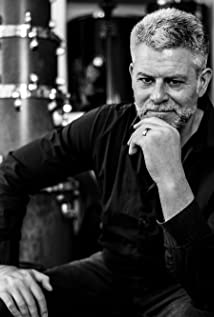 Soundscapes are intangible to describe, but audiences know them when they hear them. Soundscapes can transport listeners from the temporal plane and experience an aural adventure. For composer and multi-instrumentalist Barrett Martin, soundscapes enable him to describe to audiences his interpretation of the natural world and the spirit world. His music stimulates listeners’ minds, stirring their thoughts and eliciting them to feel beyond their temporal emotions.
Soundscapes are intangible to describe, but audiences know them when they hear them. Soundscapes can transport listeners from the temporal plane and experience an aural adventure. For composer and multi-instrumentalist Barrett Martin, soundscapes enable him to describe to audiences his interpretation of the natural world and the spirit world. His music stimulates listeners’ minds, stirring their thoughts and eliciting them to feel beyond their temporal emotions.
Barrett Martin releases his 10th solo recording, Stillpoint, accompanied by his 3rd book by the same name, on October 8, 2021. Joining him on the recording is his wife, Dr. Lisette Garcia on percussion, and his long-time friend Dave Carter on trumpet. The recording studio used is, unlike most, situated in a rental home set on a cliffside.
Martin reveals how the site to record Stillpoint affected his songwriting, “My wife had found this great rental house on a sea cliff,” he begins, “surrounded by an animal sanctuary, overlooking the Strait of Juan de Fuca between Washington State and British Columbia. We were already looking for a place to retreat from the world, and this happened to be about 6 months before the COVID pandemic locked everyone down. So, I guess it was perfect timing that we moved out there in the summer of 2019 before the pandemic hit.”
He comments about the Pacific Northwest area, “It was just the perfect place to record an album and write a book, so I set up my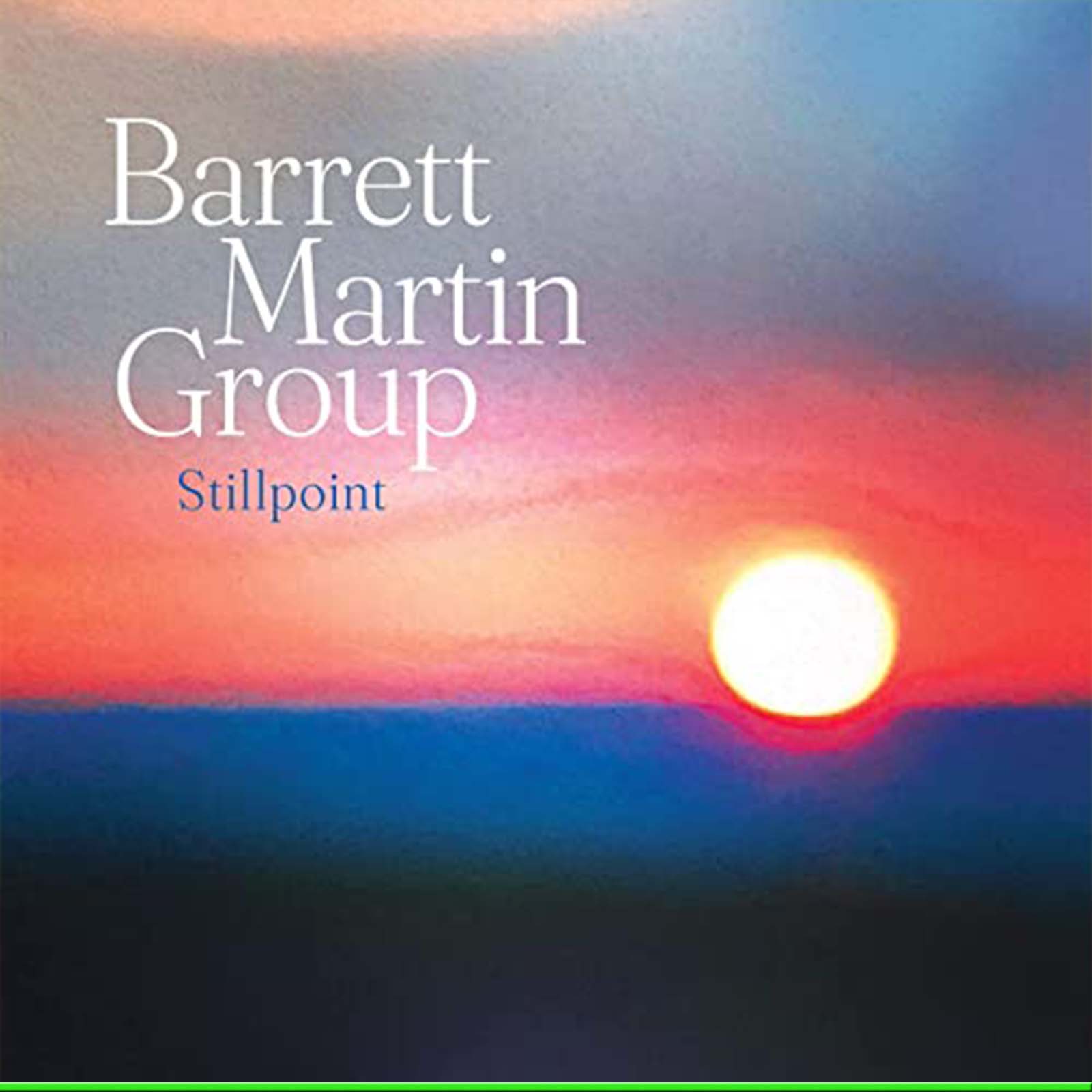 portable studio in one of the rooms, and pretty much every day, I either wrote music or I worked on the stories for the book that accompanies the Stillpoint album,” which he clarifies that the full title is, “Stillpoint: Reflections From A Year On The Cliff.”
portable studio in one of the rooms, and pretty much every day, I either wrote music or I worked on the stories for the book that accompanies the Stillpoint album,” which he clarifies that the full title is, “Stillpoint: Reflections From A Year On The Cliff.”
“I don’t know what it was about that magical place,” he gleans, “but the combination of the wild animals, the forest, the sea, as well as the fierce storms, made for a very creative space. My wife and I wrote two books between us, and I worked on about 4 different albums, some with other musicians from around the world.”
While recording the release, he kept the list of contributors short, solely featuring his wife and trumpet player Dave Carter. “I’ve known Dave Carter since 2001,” he recollects, “when he played on a recording session that I was producing in Seattle. His talent on the trumpet and flugelhorn is so immense,” he accentuates, “that I’ve used him on every single recording session whenever I needed a trumpet player, even for other people’s albums that I am producing. Dave is the only other person besides myself who has played on all 10 Barrett Martin Group albums. And he’s never missed a live show either. He’s what I would call, without hesitation, an Ace.”
When discussing his wife’s contributions to both Stillpoint’s recording and the book, he expresses sheer elation. “Dr. Lisette Garcia is one of the most amazing people on Earth,” he raves, “and fortunately, she is also my wife and a great percussionist. She has a Ph.D. in psychology and has turned into a pretty great Latin percussionist over the years.”
“In fact,” he broaches, “we just got our first Latin Grammy nomination together for our playing on a Brazilian song that is up for a Best Song category.”
“Actually, I shouldn’t limit her to just Latin percussion,” he shares, “because she also sings backup vocals, and she used to play woodwind instruments before she switched to percussion. I’ve had her play on other people’s albums too, where I am the producer. We have a very natural way of working together because we laugh a lot and we make it a fun experience in the studio. But I also take my work very seriously, and I get hyper-focused in the studio, so I just make suggestions to her of what I am hearing, and she finds something that works within that. It’s super easy to work together, and we have a lot of fun playing music.”
One of the most stirring tracks on the recording is “Waves of Color,” Martin explains how he channeled the spirit world in the arrangement. “‘ Waves Of Color’ came to me as a melody on the vibraphone first,” he articulates, “and then I just kind of fleshed out the arrangement on that instrument. I recorded a keeper take of the vibraphone first, and then I added all the other instruments, including my voice.”
“Because our house was so remote,” he determined, “I had to play all the instruments and record the entire album by myself, so I had to record every song, track by track, instrument by instrument.”
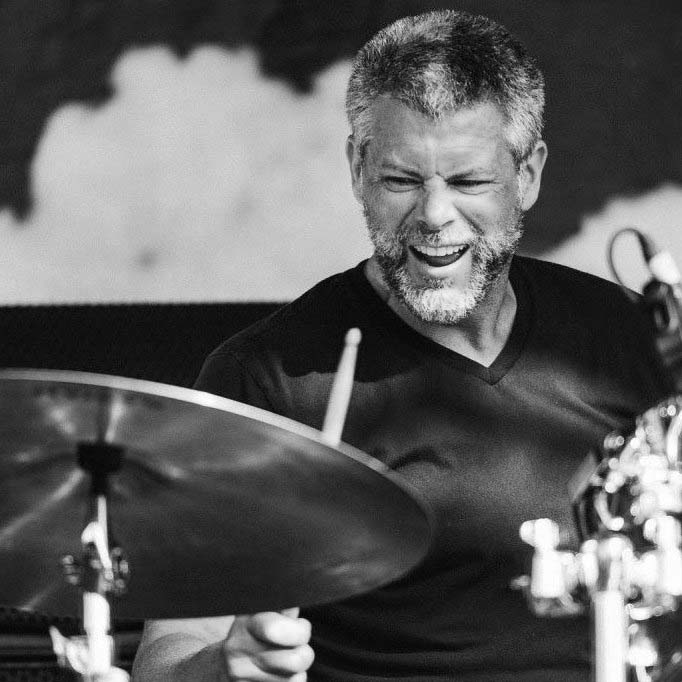 “But that song, ‘Waves Of Color,’ has a particularly haunting melody that many people have commented on,” he acknowledges. “I can’t explain where that melody came from, maybe from the spirit world. Because there were a lot of spirits in that forest on the edge of a sea cliff – it was a very dramatic place. So that atmosphere is kind of in all the songs and throughout the album.”
“But that song, ‘Waves Of Color,’ has a particularly haunting melody that many people have commented on,” he acknowledges. “I can’t explain where that melody came from, maybe from the spirit world. Because there were a lot of spirits in that forest on the edge of a sea cliff – it was a very dramatic place. So that atmosphere is kind of in all the songs and throughout the album.”
Another aurally adventurous soundscape is “Eagle vs. Raven,” which investigates the intricacies of the natural world; as Martin illustrates, “‘ Eagle vs. Raven’ came about from watching the bald eagles that lived in the trees above the cliff house. They would soar off the edge of the cliff, and sometimes a raven would pursue them as if a raven could even catch an eagle. But it was kind of funny to watch because the eagles are so fast and graceful, and the ravens are slow and clumsy and squawky. It just inspired me to write something that represented the way they flew together, these flying opposites, so hopefully, the song communicates those differences.”
When asked how Martin has grown as a musician and songwriter over the span of 10 solo recordings, he answers, “In a single word,” he exclaims, “MASSIVELY.”
Indeed, his evolution has been massive as he remembers his early musical influences. “My grandparent’s record collection was my first influence; it was all these 78s of big band and swing artists: Duke Ellington, Count Basie, Benny Goodman, Tommy Dorsey, Louis Armstrong, Ella Fitzgerald.”
“At some point,” he discerns, “I discovered rock & roll, but to be honest, that was kind of a late discovery for me. I really was a jazz head all through high school and college. I didn’t get into rock until I was in Seattle in the late 1980s. But I had a couple of profound experiences, like seeing Ray Charles from the front row in 1984, and then Cab Calloway with the Count Basie Orchestra that same year – I was still in high school too.”
“Then I saw Bruce Springsteen,” he expresses enthusiastically, “and his gigantic band, and I thought, that’s what I want to do. I want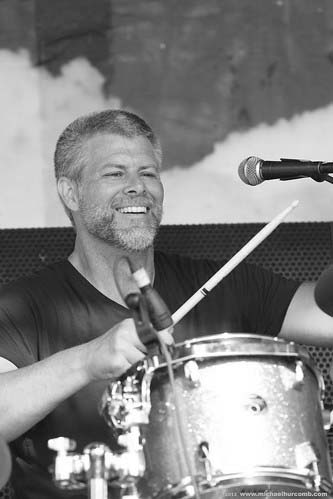 to write and play music for people to make them feel as good as the music makes me feel.”
to write and play music for people to make them feel as good as the music makes me feel.”
When he started off on his expedition, he recalls, “I started playing drums or rather, a single snare drum when I was about 8 years old. Then my father bought me a tiny drum set with one ride cymbal to go with that single snare drum, and that became my first drum set.”
“In high school,” he recounts, “I started playing upright bass as well because they needed a bassist in the jazz ensemble and not another drummer. This was a fortuitous thing because when I started music school in college, they wanted us to play at least two instruments, so drums and upright bass became my main instruments, as well as various mallet instruments like marimba and vibraphone.”
“By the time I started playing professionally in Seattle around the age of 21,” he assesses, “I had learned multiple instruments, and I continue learning to this day.”
“To be quite honest,” he puts bluntly, “being a drummer in several different rock bands in the 1990s became a bit frustrating over the many years I did that work. Especially because I have always been a writer and a composer, and rock bands tend to be rather dysfunctional things, even under the best of circumstances. And they don’t usually listen to the drummers very much, even though the drummers are what makes them cool in the first place. So, I started making solo albums in 2004, which was the same year I started graduate school to study ethnomusicology,” a subject that studies all kinds of music from all over the world.
“With my solo albums,” he proclaims, “10 of them so far, I am always looking for new ways to write instrumental music that has both jazz, ambient, and classical influences, and even a bit of rock here and there.”
“I also like using the human voice as a vocable effect,” he demonstrates, “rather than singing lyrics like a rock or pop singer would, so I use voices to create an additional layer of sound. I feel like I am developing something unique with the music I hear in my mind, and the Stillpoint album is my best capture of that sound to date.”
 His introduction to ambient-imbued soundscapes began with hearing a handful of tracks from eclectic artists, as he reflects, “I’ve been familiar with ambient music since I first heard Brian Eno’s Music For Airports, and then his collaboration with David Byrne on My Life In The Bush Of Ghosts. But I’ve always liked music that has an atmospheric, haunting quality, and when ambient music became a radio station theme, I would listen to it on my computer when I was writing or painting. I can’t tell you any specific artists besides Eno and Byrne, but I quite like this kind of music, especially from a compositional aspect.”
His introduction to ambient-imbued soundscapes began with hearing a handful of tracks from eclectic artists, as he reflects, “I’ve been familiar with ambient music since I first heard Brian Eno’s Music For Airports, and then his collaboration with David Byrne on My Life In The Bush Of Ghosts. But I’ve always liked music that has an atmospheric, haunting quality, and when ambient music became a radio station theme, I would listen to it on my computer when I was writing or painting. I can’t tell you any specific artists besides Eno and Byrne, but I quite like this kind of music, especially from a compositional aspect.”
Like Brian Eno and David Byrne, part of the excitement of playing atmospheric music is performing the tracks to a live audience, which has been curtailed due to COVID-19 restrictions. “Right now, “he cites, “shows are still limited because of the last 18 months of things being shut down. I’m doing 3 shows in the Pacific Northwest in early October, and then I’ll mostly be doing interviews to promote the album and the book.”
He remarks, “Hopefully, next year, there will be more opportunities to play live and tour because playing live is one of my favorite things in the world. In fact, this has been the longest I have ever gone without playing a live show – 2 ½ years. So, we’ll just adapt to the opportunities as they present themselves and play as much as we can. And probably make another album.”
He admits, “I’m enjoying the writing process and being a published writer. Stillpoint: Reflections From A Year On The Cliff is my third book. I’m also very involved with various environmental causes, so I have used my ethnomusicology training to produce indigenous albums for tribes in the Peruvian Amazon, the Alaskan Arctic, and a few other places around the world.”
“At this point,” he notes, “I have done music projects on 6 continents, although not everything is represented as an album. Sometimes it becomes an article that I write for Huffington Post or Riot Material, two of the newspapers that I have written articles for. I’ve also written 3 books, all of which have stories about the people I have worked with around the world.”
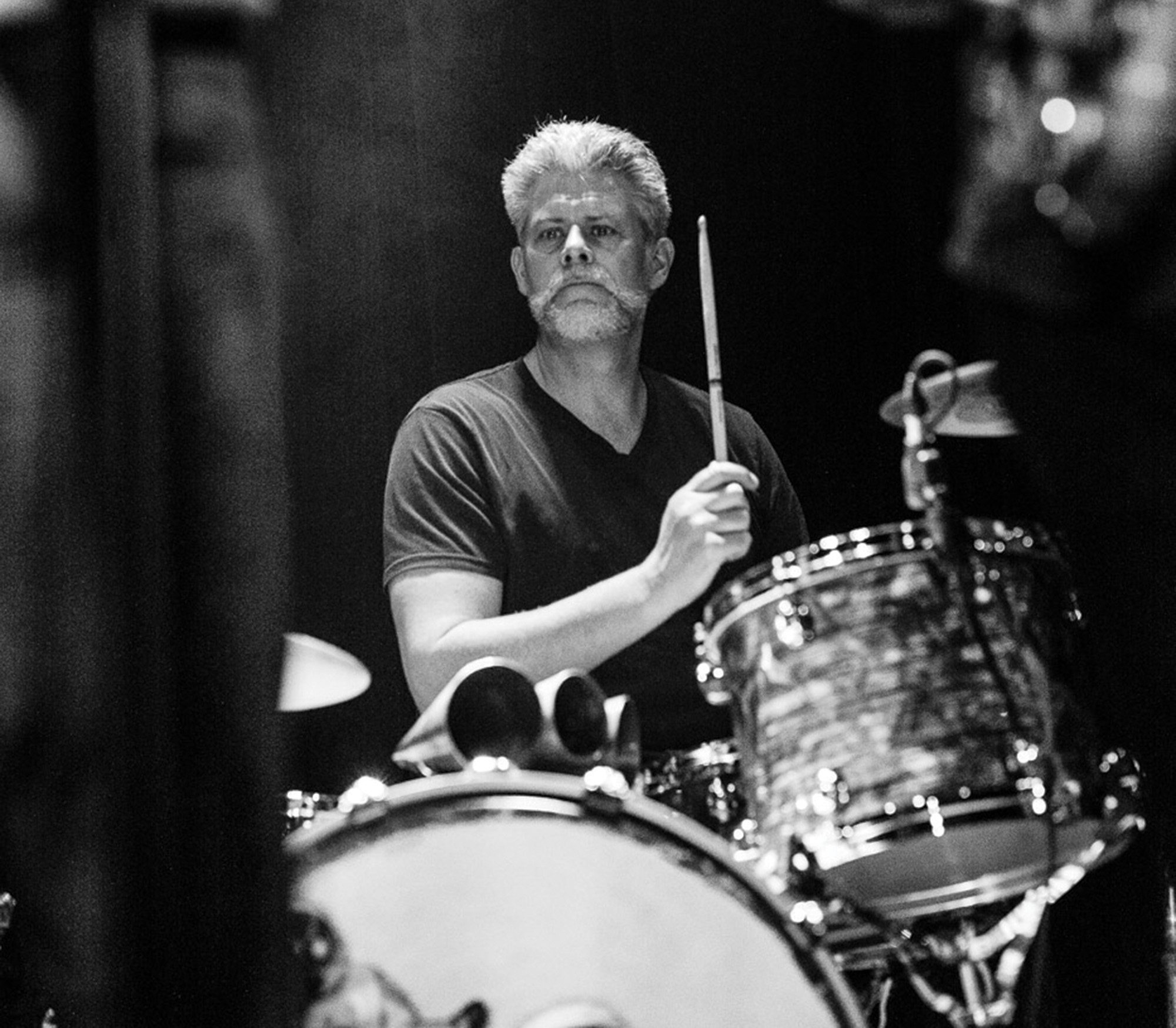 In addition to his artistic endeavors, he brings up other activities that move him, emphasizing, “I think it’s extremely important to raise awareness about how our environments are under severe threat from various extractive industries like oil, coal, various mining operations, and industrial pollution in general,” he endorses.”
In addition to his artistic endeavors, he brings up other activities that move him, emphasizing, “I think it’s extremely important to raise awareness about how our environments are under severe threat from various extractive industries like oil, coal, various mining operations, and industrial pollution in general,” he endorses.”
“Because all of that pollution and degradation,” he observes, “is affecting the entire planet in ways that are still unfolding. So, I see being a musician as just one part of the work I do, and I think those of us who have a small voice, like doing this interview, we can use that for good things. We all need to work together and get more proactive about the environmental crisis, and we need to become better caretakers of the Earth, not destroyers of it. And we need to become better caretakers of each other.”
Perhaps balance is what Barrett Martin achieves very effectively in his music. A balance between hearing the voices in the natural world and those from the spirit world. The two can be in conflict, and they can be in harmony. The latter is preferably where the human world needs to be headed.
About Susan Frances:
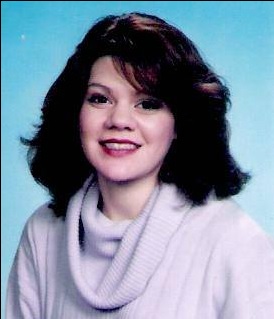 Born in Brooklyn, New York and raised in eastern Long Island, I always enjoyed writing and made several contributions to my high school literary magazine, The Lion’s Pen. Influenced by writers of epic novels including Colleen McCullough and James Clavell, I gravitated to creative writing. After graduating from New York University with a BA in Liberal Arts, I tried my hand at conventional jobs but always returned to creative writing. Since 1998, I have been a freelance writer and have over three thousand articles to various e-zines including: Jazz Times, Blogcritics, Yahoo Voices, Goodreads.com, Authors and Books (books.wiseto.com), TheReadingRoom.com, Amazon.com, Epinions.com, Fictiondb.com, LibraryThing.com, BTS emag, BarnesandNoble.com, RomanticHistoricalReviews.com, AReCafe.com, Hybrid Magazine, and BookDepository.com. In 2013 and 2014, I was a judge in the Orange Rose Writing Competition sponsored by the Orange County chapter of the Romance Writers of America located in Brea, California.
Born in Brooklyn, New York and raised in eastern Long Island, I always enjoyed writing and made several contributions to my high school literary magazine, The Lion’s Pen. Influenced by writers of epic novels including Colleen McCullough and James Clavell, I gravitated to creative writing. After graduating from New York University with a BA in Liberal Arts, I tried my hand at conventional jobs but always returned to creative writing. Since 1998, I have been a freelance writer and have over three thousand articles to various e-zines including: Jazz Times, Blogcritics, Yahoo Voices, Goodreads.com, Authors and Books (books.wiseto.com), TheReadingRoom.com, Amazon.com, Epinions.com, Fictiondb.com, LibraryThing.com, BTS emag, BarnesandNoble.com, RomanticHistoricalReviews.com, AReCafe.com, Hybrid Magazine, and BookDepository.com. In 2013 and 2014, I was a judge in the Orange Rose Writing Competition sponsored by the Orange County chapter of the Romance Writers of America located in Brea, California.


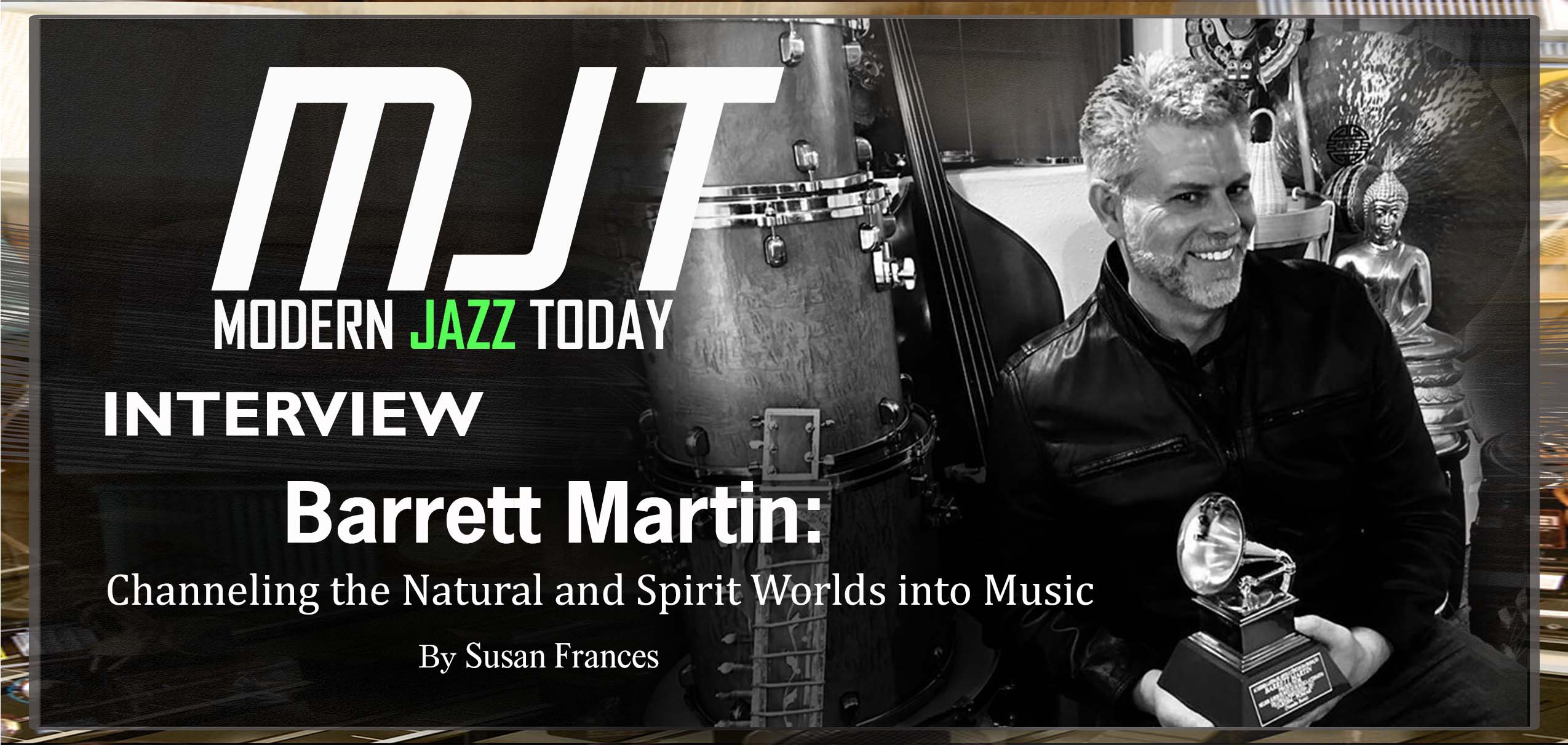


No Comments